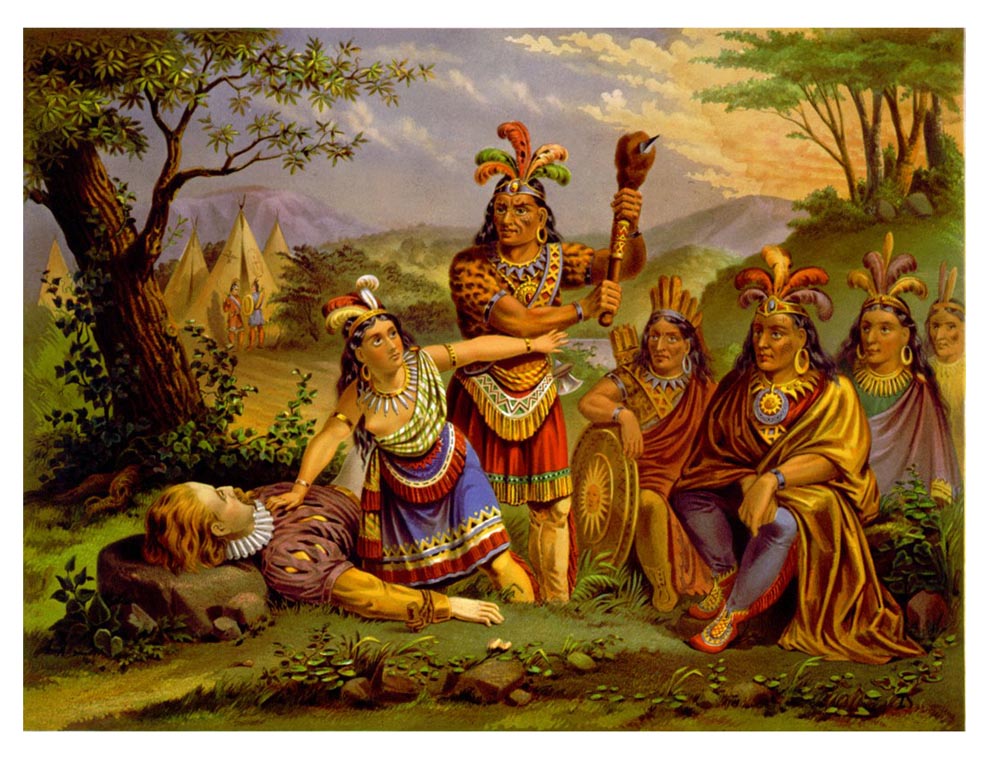

We do not know precisely how or when the Native Americans first settled here.
The theory is that people migrated from Eurasia across Beringia, a land bridge that connected Siberia to Alaska during the Last Glacial Period and then spread southward throughout the Americas over subsequent generations. Deglaciation along the northwest Pacific coast opened a migration route into the Americas. Genetic evidence suggests that fewer than 5,000 individuals dispersed south.
Remains at Monte Verde, Chile, suggest that humans migrated along the coast and reached the southern tip of South America in a few hundred years. An interior ice-free corridor opens some 2,000 years after the coastal route which enabled further migration across the continent. Archaeological finds there was a northward flow because people were following big game. And 12,000 years ago boreal forest began to colonize the area.
Migrants would have eaten nuts and roots, crawdads and turtles. They would have hunted deer and turkeys and squirrels. Artifacts included stone blades, spearpoints and totaled 16,000 items found at locations in Virginia, Pennsylvania, and Wisconsin..
Genetic evidence suggests at least three waves of immigrants arrived from Asia with the first occurring at least 15,000 years ago. These migrations may have begun as early as 30,000 years ago. The land bridge became submerged by the rising sea level at the onset of the current interglacial period 10,000 years ago.
Global warming or cooling is a natural evolution of the nature of this planet. Not to worry, Virginia. All the hysteria surrounding global warming is just hysteria: Unnecessary, unfounded, and silly.
When the United States was created, established Native American tribes were considered semi-independent nations. The federal government signed treaties at a government-to-government level until the Indian Appropriations Act of 1871 ended recognition of independent native nations and thus they became subject to federal law. The law did preserve the rights and privileges agreed to under the treaties.
The Indian Citizenship Act of 1924 granted U.S. citizenship to all Native Americans born in the United States. It allowed natives to vote in state and federal elections and extended the Fourteenth Amendment protections granted to people “subject to the jurisdiction” of the United States.
However, some states continued to deny Native Americans voting rights for several decades. Bill of Rights protections do not apply to tribal governments except for those mandated by the Indian Civil Rights Act of 1968.
Native Americans comprise 574 federally recognized tribes living in the U.S.. Their population is 5,220,579 or 1.6% of the total U.S. population. Some of the famous Indian names include Sitting Bull, Pocahontas, Sacagawea, Red Cloud, Hiawatha, and Black Hawk.
Around 13,000 years ago in a Yucatan cave the prehistoric bones included at least one nearly complete human skeleton. The skeleton was called Naia, after the water nymphs of Greek mythology. Geneticists were able to extract a sample of DNA.
The earliest Americans were a rough bunch as the skeletal remains show that the men have injuries caused by violence and four out of 10 have skull fractures. The women are much smaller than the men with signs of being malnourished and domestic abuse. Ancient hunters killed game for survival. Did they travel by boat those 14,000 years ago?
And thus it is the Fourth of July 2021 and time for all Americans to celebrate this great nation of thinkers and achievers. If you are a descendent of the first Indians in the Americas or a recent Irish immigrant, celebrate the United States, the land of the free and the home of the brave. Happy Birthday, America.

